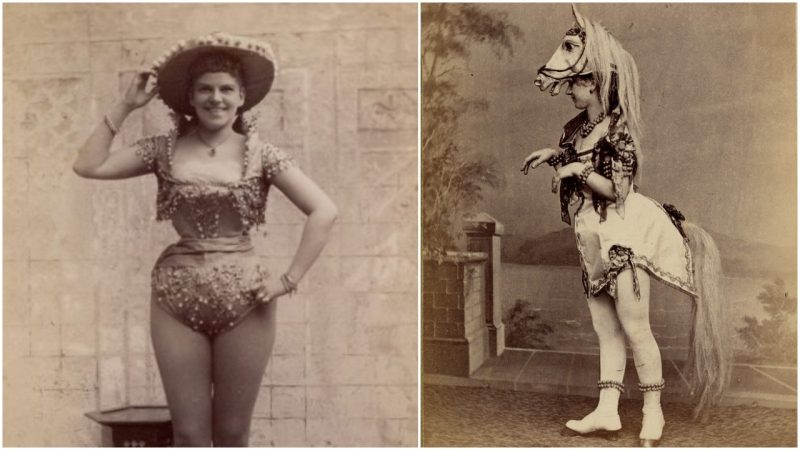If you have ever doubted that the Victorians knew how to entertain themselves — relax. Victorian burlesque is surely proof that these people knew how to be bawdy, obscene, and ribald.
The 19th-century burlesque shows drew in audiences to venues such as the Royal Strand Theatre and the Gaiety Theatre in London.
This form of entertainment was present since the early years of the 1800s, and by the latter part of the 19th century, it had strongly established itself. English style burlesque reached New York in 1840, where it blended with music hall and vaudeville-style shows.
Typically, the parodic performances did not last more than an hour, which gave audiences just enough time to be enchanted by the extreme femininity of everything onstage: the dancing, the intriguing and evocative dialogue, minimal costuming, and loads of puns. It was a travesty — and it was fun.
Some of the images featured here faithfully evoke the entertainment.
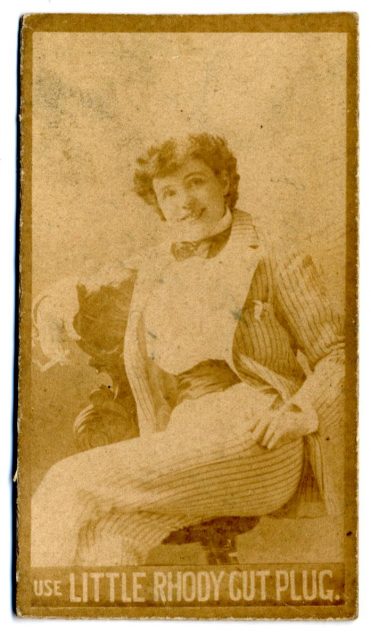
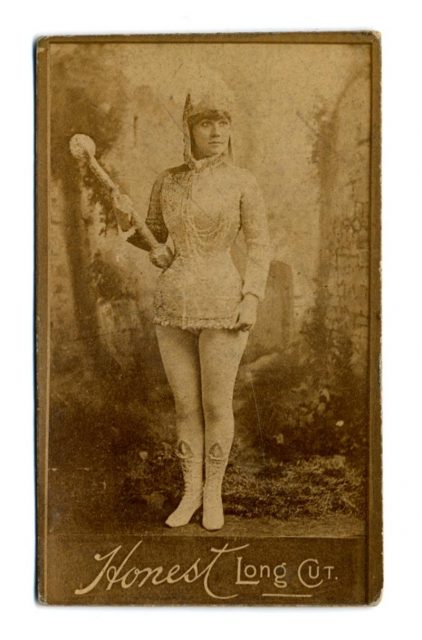
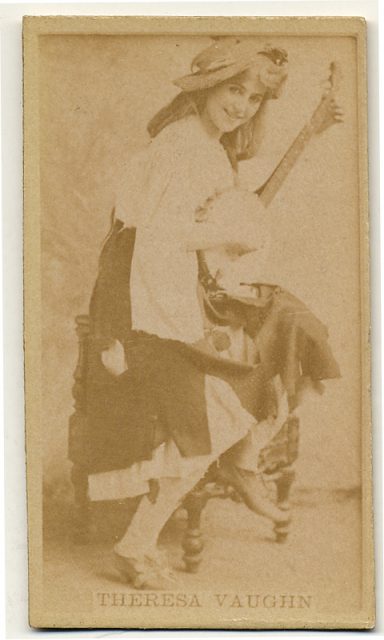
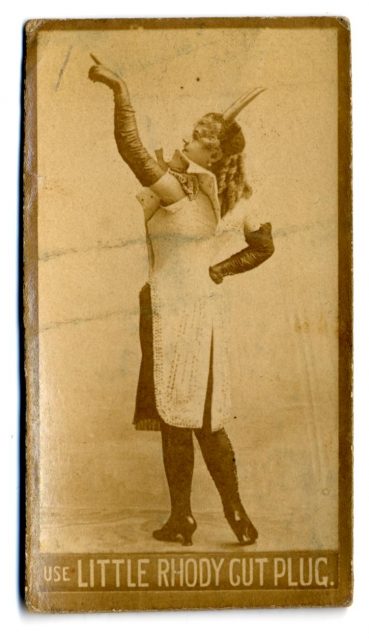
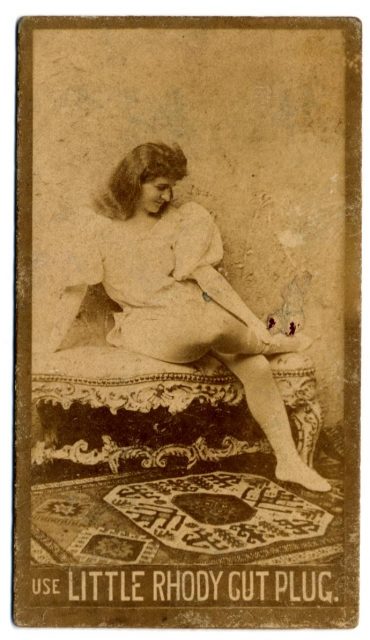
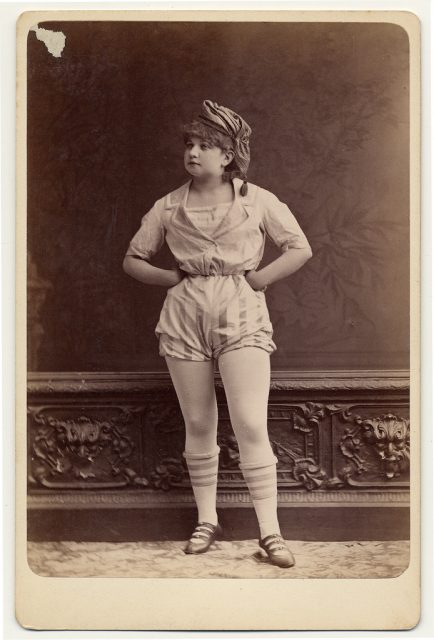
The Victorian burlesque performers were powerful and provocative. Men did not hesitate to take female roles and vice versa. This greatly added to the laughter coming from the crowds. Such an approach gradually subverted the ideas of the previous Neoclassical Theater of the 18th century, which was less joy and more “catharsis.”
The content and the format of the performances resonated well with the working class, which faced friction with the established aristocrats. If showing some skin on stage was unacceptable among the “more cultured” people, here on the burlesque scene it looked just fine. That too can be felt through the pictures. Some outfits look pretty kinky.
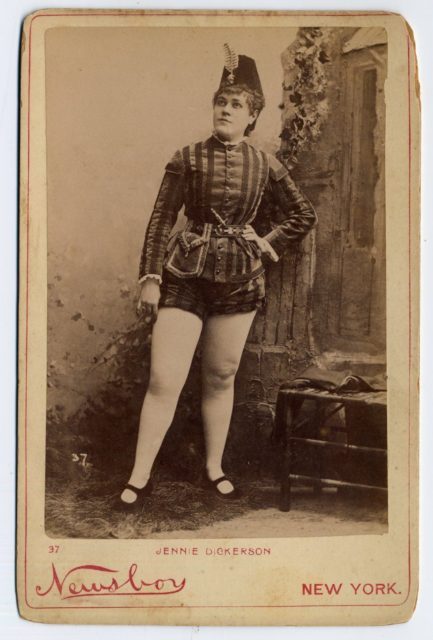
13 Victorian vulgarities everyone should know.
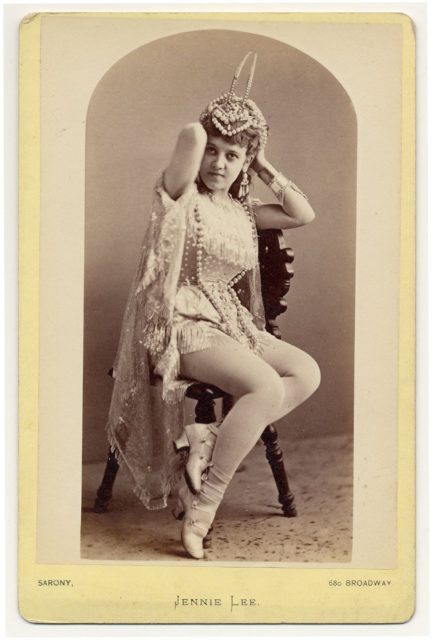
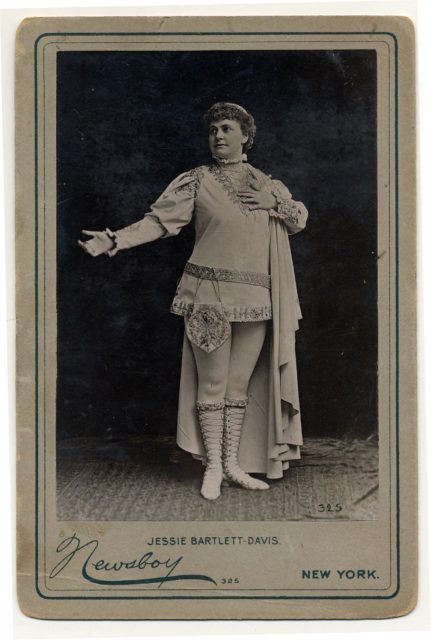
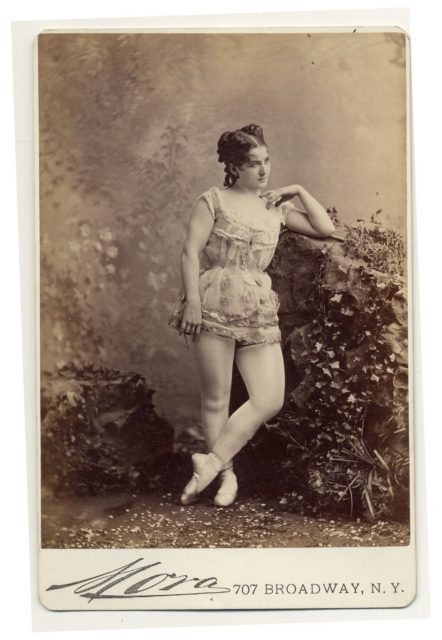
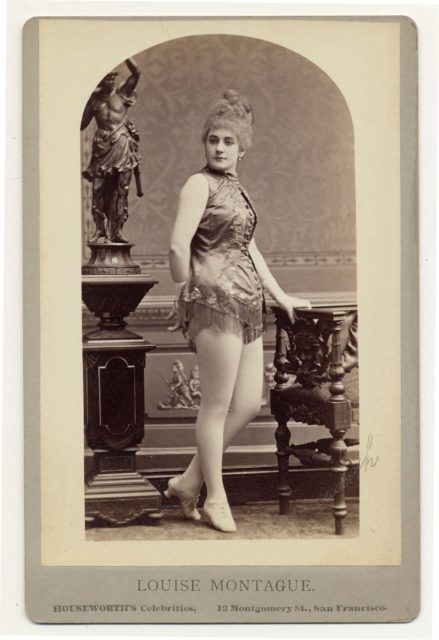
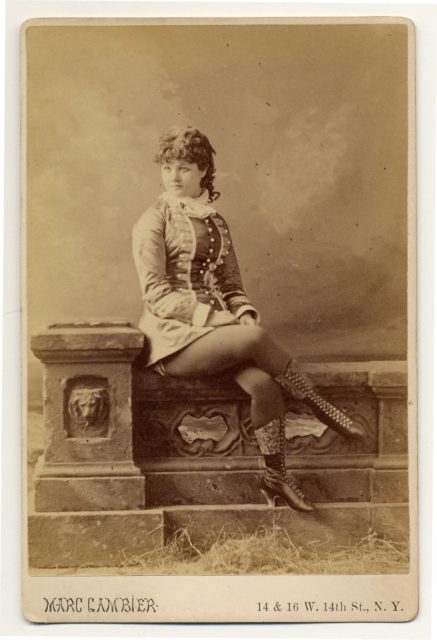
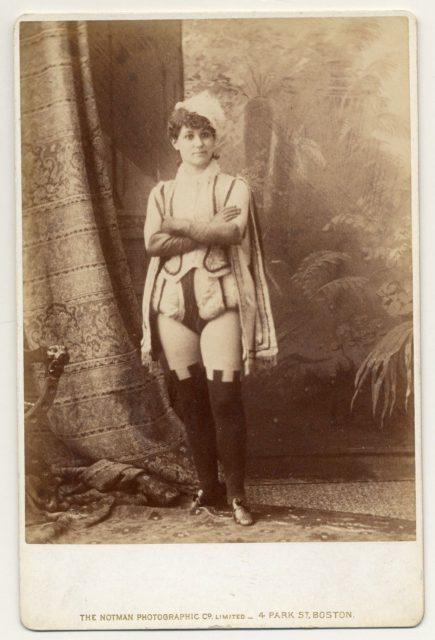
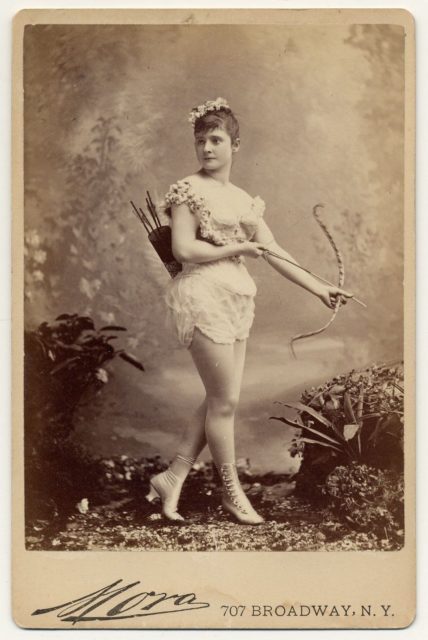
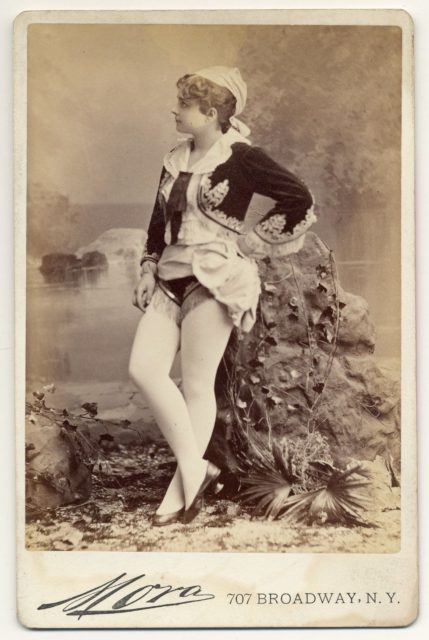
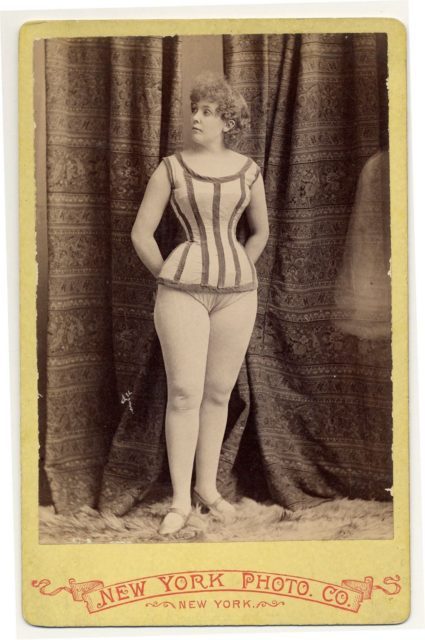
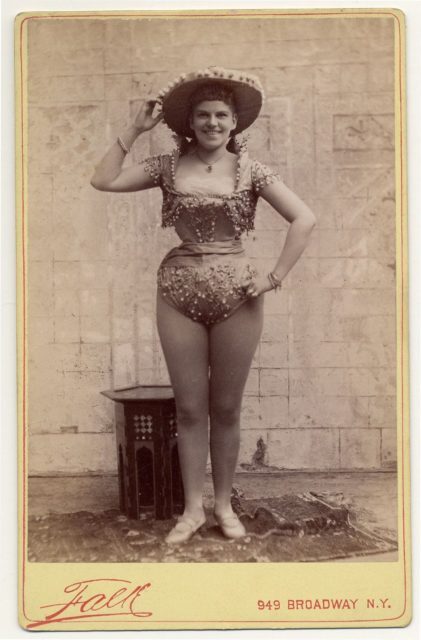
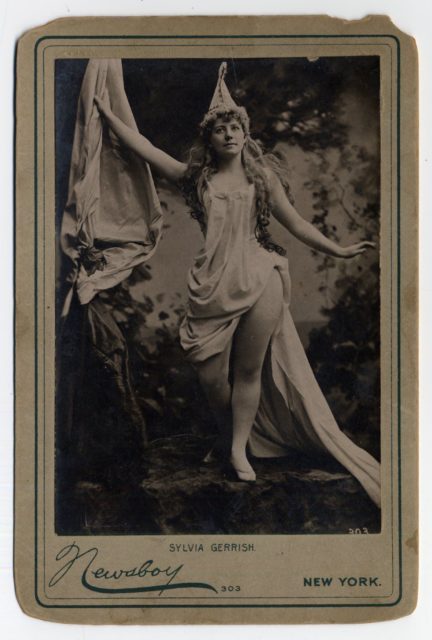
Originally, the Victorian burlesque used imitation to mock, and as it evolved, it used other mediums such as the opera, ballet, and drama within its format. The humor was recurrently obscene and bawdy.
During the one-hour show, audiences enjoyed three different acts: jokes at the beginning, a section with more sketches and some spoof, and the musical parodies that usually came at the end.
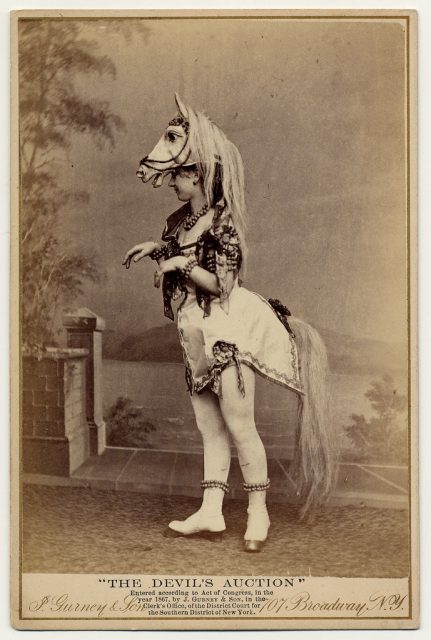
Awesome historical words that we should bring back
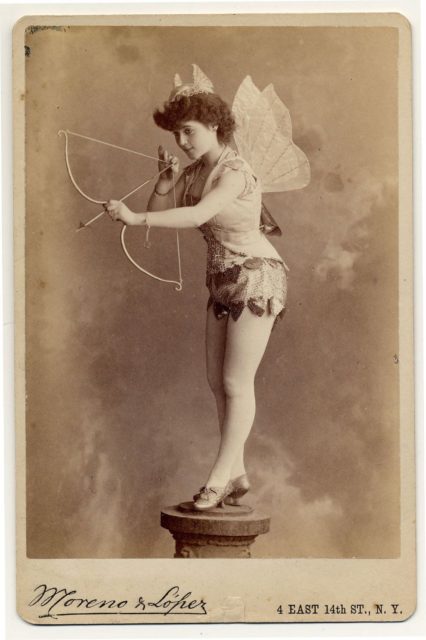
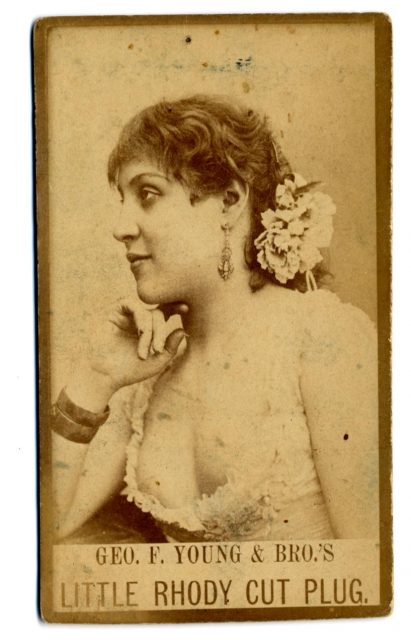
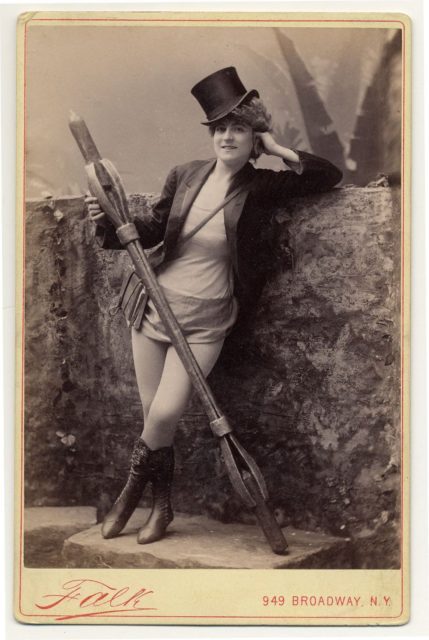
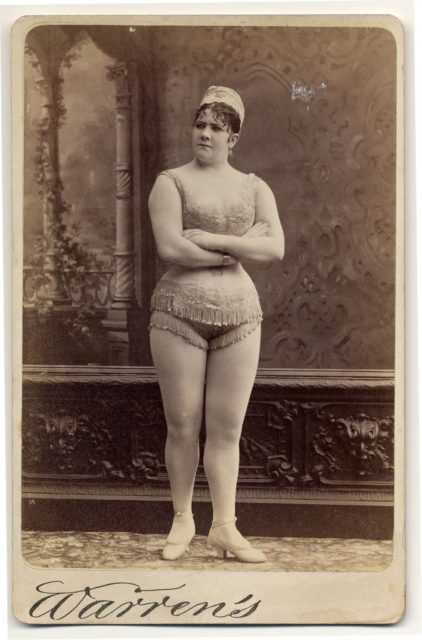
Besides Shakespeare, parodies mined material from contemporary figures such as playwright William Schwenck Gilbert and composer Arthur Sullivan.
Burlesque composers such as Meyer Lutz and Osmond Carr appeared when the genre was more established and also composed some original music.
By the early decades of the 20th century, Victorian burlesque was exhausting itself. The shameless performers were losing their magic. The world was ready to experiment with new artistic forms; the days of the modernists were just around the corner.
However, it’s always delightful to skim through photos depicting these real stars of the stage in the 19th century.
